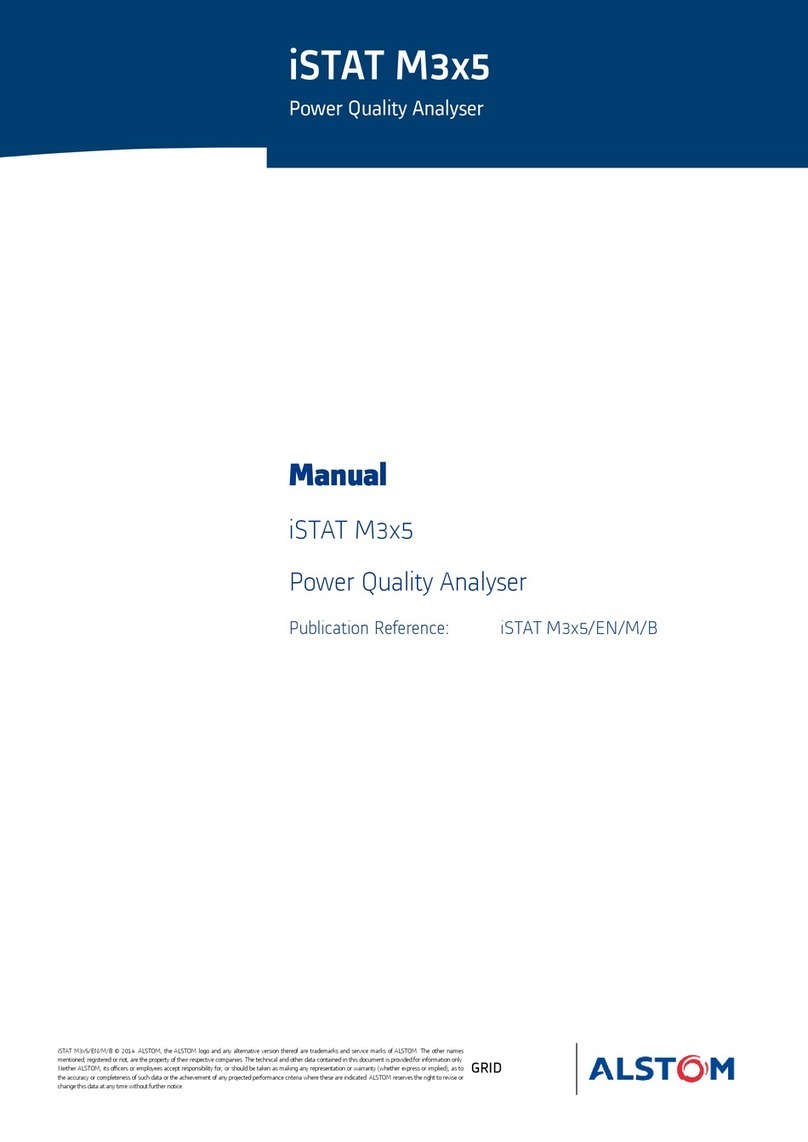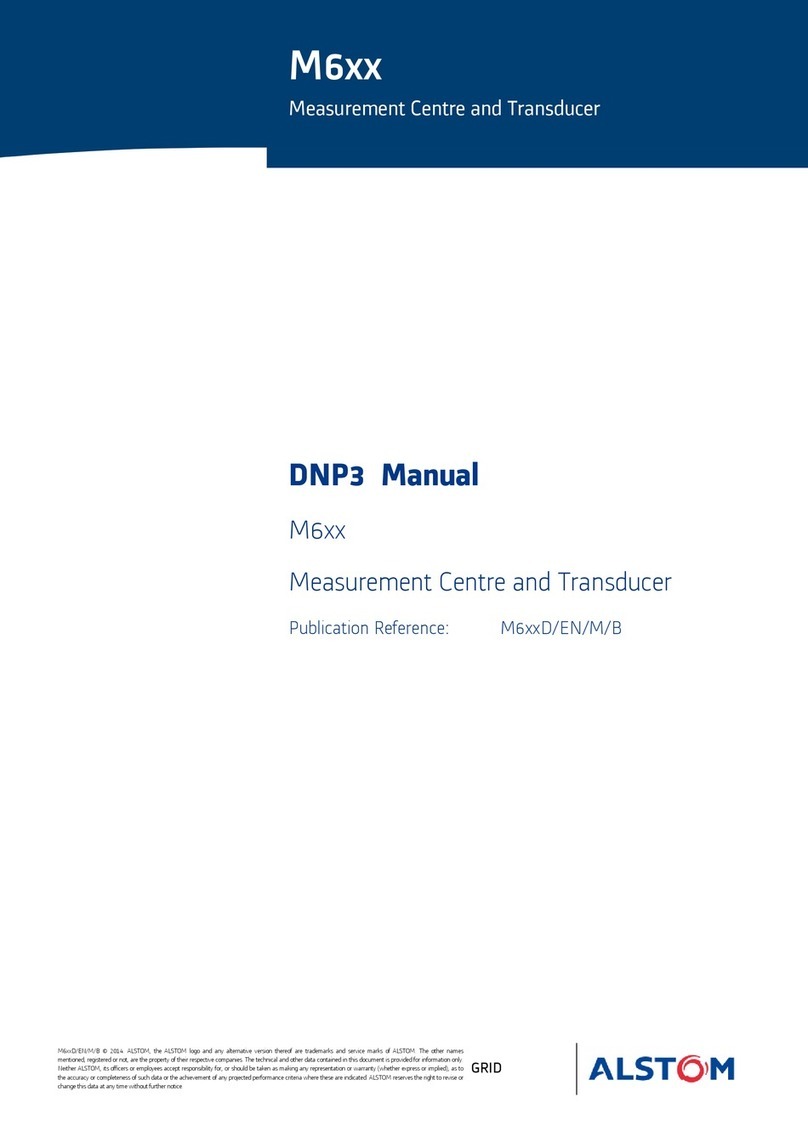
V4 – Nov 2016 D1936EN04
Grid Solutions
Figure 43 – Pressure sensor technical data 46
Figure 44 – Travel sensor 47
Figure 45 – Travel sensor wiring 47
Figure 46 – Temperature sensor (PT100) 48
Figure 47 – Temperature sensor technical data 48
Figure 48 – Network card configuration step 1 49
Figure 49 – Network card configuration step 2 50
Figure 50 – Network card configuration step 3 51
Figure 51 – Connection to the CBWatch3 52
Figure 52 – CBWatch3 log in 52
Figure 53 – CBWatch3 network connection 54
Figure 54 – HMI – Product information 54
Figure 55 – Gas type configuration screen 56
Figure 56– Thermodynamic law illustration 57
Figure 57 – HMI – Gas monitoring bar 58
Figure 58 – HMI – Gas monitoring psi 58
Figure 59 – HMI – Short and long term curves 59
Figure 60 – Gas thresholds 60
Figure 61 – Threshold setup 60
Figure 62 – Future long term time horizon setup 61
Figure 63 – HMI – Linear density extrapolation 61
Figure 64 – Future short term time horizon setup 62
Figure 65 – HMI – Sensor communication error counter 62
Figure 66 – HMI – Gas alarms 63
Figure 67 – HMI – DC voltage for source 1 and 2 64
Figure 68 – Current through opening or closing coil 65
Figure 69 – Drop-down list of previous archives 65
Figure 70 – HMI – Coil currents 65
Figure 71 – HMI – Coil current measurement settings 66
Figure 72 – HMI – Coil current measurement settings 66
Figure 73 – HMI – Control circuit alarms 66
Figure 74 – HMI – Auxiliary contact position 67
Figure 75 – Number of opening/closing operation 67
Figure 76 – HMI – Operation counter alarms 67
Figure 77 – Operating time measurement 68
Figure 78 – HMI – Last operation measurements 69
Figure 79 – HMI – Opening operations time alarms 69
Figure 80 – HMI - Operating time discordances 70
Figure 81 – HMI – Opening operations discrepancy alarms 70
Figure 82 – HMI – Timing compensation 71
Figure 83 – Operating time temperature compensation 72
Figure 84 – HMI – Operation graphs for opening 73
Figure 85 – HMI – Operation charts for closing 74
Figure 86 – Operating time measurement 75
Figure 87 – Displacement sensor 76
Figure 88 – Travel conversion table 76






























